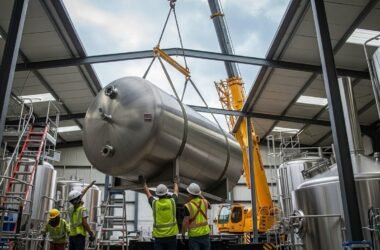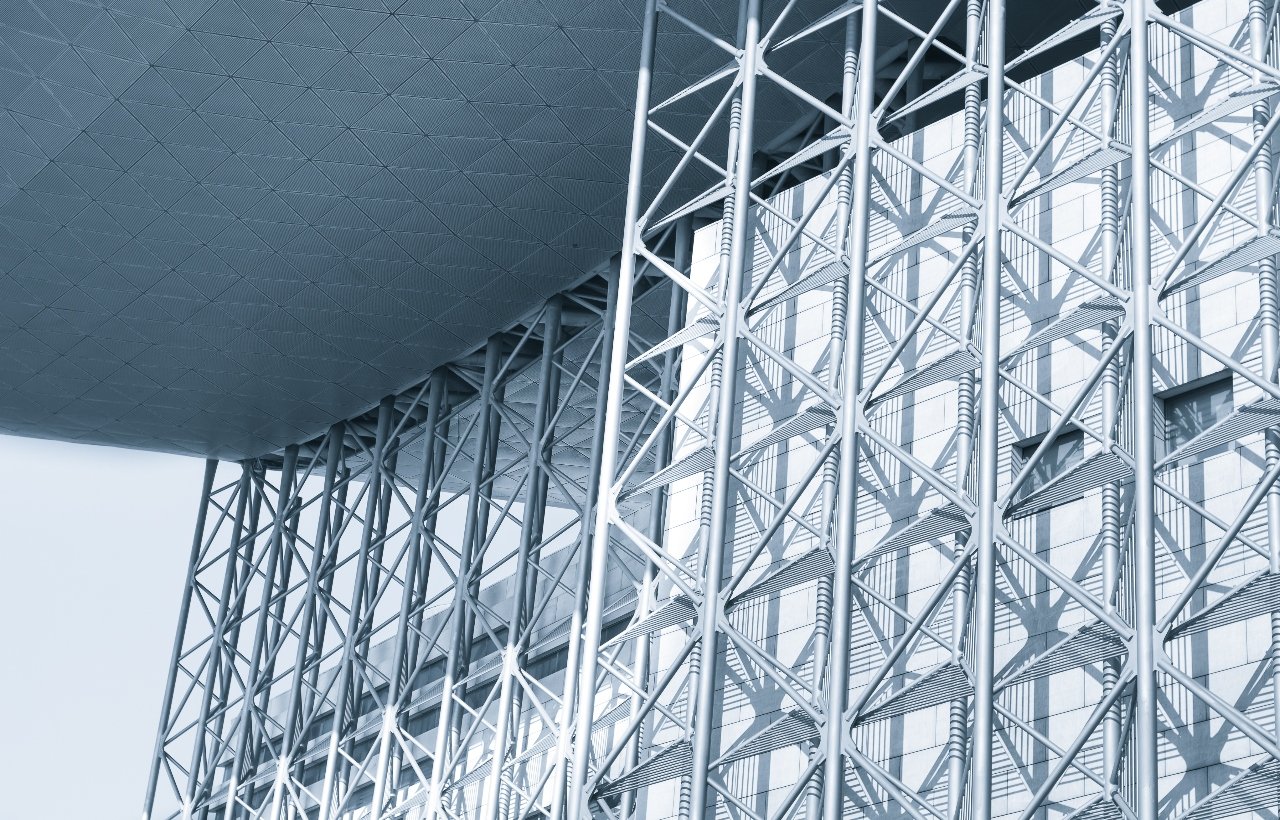The demand for efficient, durable, and cost-effective construction solutions is reshaping how buildings are designed and built. Among the innovations leading this transformation, steel structures stand out as a definitive game changer. Renowned for their strength and versatility, steel structures are increasingly being adopted across industries ranging from commercial spaces to agricultural facilities. These structures are not just a trend—they’re revolutionizing modern construction for good reasons.
This article explores why steel is at the forefront of construction innovation, detailing its benefits, applications, and long-term value.
The Growing Popularity of Steel Structures
Steel structures have been around for decades, but recent advancements in manufacturing and construction techniques have made this material more accessible and sustainable than ever. Compared to traditional materials like wood and concrete, steel offers a range of benefits that cater to modern construction needs. It is lightweight, easy to assemble, and adaptable to a variety of designs and purposes.
Key Advantages of Using Steel in Construction
Understanding why builders and architects are choosing steel involves examining the advantages it offers:
- Strength and Durability
Steel structures are known for their incredible strength-to-weight ratio, meaning they provide high structural integrity without being bulky. This durability ensures stability under extreme conditions such as strong winds, heavy snow, and seismic activity. Steel is also resistant to pests, rot, and fire, making it an appealing long-term investment.
- Cost-Effectiveness
While the initial cost of steel may seem high compared to traditional materials, its longevity and minimal maintenance requirements offset that expense over time. Faster construction timelines due to prefabrication further reduce labor costs.
- Sustainability
Steel is one of the most recyclable materials on the planet. Reclaimed steel can be repurposed indefinitely without compromising its strength or quality, making it a key material in sustainable construction practices.
- Design Versatility
Whether for industrial warehouses, modular homes, or towering skyscrapers, steel is adaptable enough to accommodate complex designs. Its flexibility allows architects to push creative boundaries without compromising safety.
Applications of Steel Structures in Modern Construction
Steel structures are proving indispensable across various industries. Below are some examples of how they’ve become integral to modern construction projects:
Commercial and Industrial Buildings
Steel is a popular choice for commercial spaces due to its ability to support large, open floor plans. Industrial buildings like factories and warehouses benefit from its load-bearing capabilities, allowing for high ceilings and expansive interiors.
Residential Construction
While traditionally associated with industrial use, steel is making its way into residential designs, particularly in modular and prefabricated homes. Its thin but sturdy frame offers more usable space and enables faster construction timelines.
Agricultural Facilities
Steel structures are essential in agriculture, used for barns, storage units, and greenhouses. Their adaptability ensures they can withstand outdoor elements while protecting crops and equipment.
Infrastructure Projects
Bridges, airports, and stadiums rely on steel for stability and durability. Its capacity to span long distances without needing columns or additional support structures makes steel an ideal choice for complex infrastructure.
Energy Structures
The energy industry increasingly depends on steel for wind turbines, oil rigs, and solar panel frameworks. The material’s resilience ensures it can function efficiently in harsh environments.
Why Steel Structures Are the Future of Construction
Steel’s unique properties are not only meeting current construction needs but are also setting the stage for the industry’s future. Here’s why:
Speed and Efficiency in Construction
Pre-engineered or prefabricated steel structures have streamlined construction processes. Components are pre-manufactured, delivered to the site, and quickly assembled, reducing construction timelines significantly. This approach eliminates many of the delays associated with traditional building methods.
Adapting to Climate Change Challenges
Climate change is introducing new challenges for construction—extreme weather events and the need for sustainable practices are more pressing than ever. Steel’s durability and recyclability make it perfectly suited to meet these demands while minimizing environmental impact.
Integration of Advanced Technologies
With the rise of technologies like building information modeling (BIM) and advanced manufacturing processes, steel structures can now be customized to incredibly precise specifications. This technological integration allows for fewer errors, lower waste, and greater cost savings.
Maintenance and Repair Benefits
Steel is a low-maintenance material, which is another reason why it’s gaining favor among developers and property owners. For complex projects, hiring professionals like a metal building installer in Huntsville ensures upkeep and expansions are handled with expertise, maximizing the lifespan of the structure.
Considerations When Using Steel Structures
While steel offers numerous benefits, there are factors that construction teams must consider to maximize its utility:
- Protection from Corrosion
Steel is prone to rust if exposed to moisture over time, which is why protective coatings and regular inspections are essential to maintain its integrity.
- Thermal Conductivity
Steel absorbs heat faster than other materials, so proper insulation is necessary in buildings to ensure energy efficiency.
- Skilled Installation
Precision and expertise are required when assembling steel structures, highlighting the importance of experienced teams to oversee the process.
Conclusion
Steel structures’ groundbreaking impact on the construction industry lies in their unmatched combination of durability, adaptability, and sustainability. From speeding up project timelines to enabling complex architectural designs, steel has proven itself to be a material of choice for modern builders.
Moving forward, steel’s role in construction is only expected to grow as industries adopt more sustainable and efficient practices. For those looking to enhance their building strategies, investing in steel structures is more than just a smart choice; it’s a revolutionary one.








